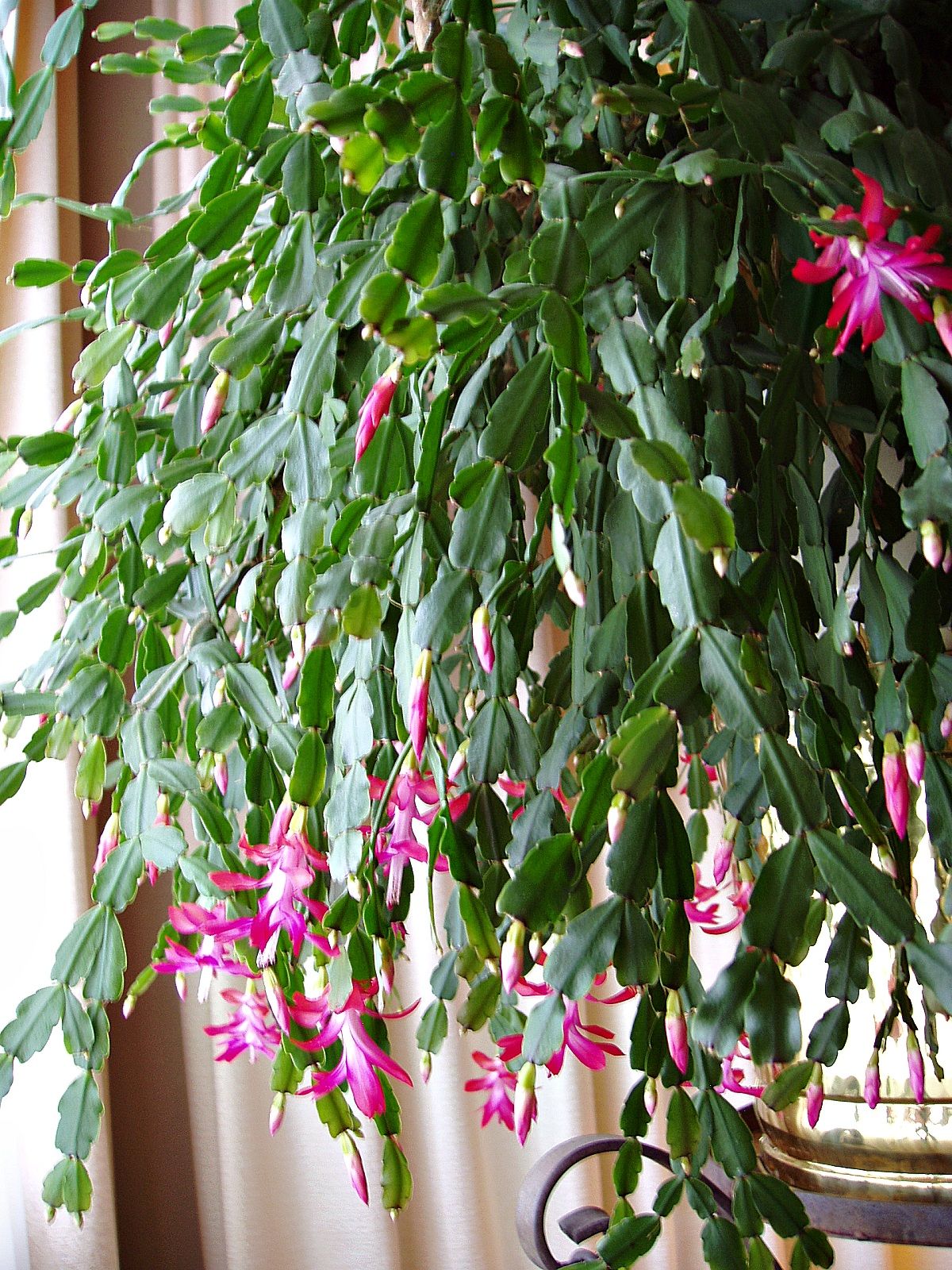The Christmas cactus, known scientifically as Schlumbergera, offers a remarkable display of vibrant blooms during the winter months, earning its place as a cherished houseplant. However, for enthusiasts eager to cultivate this jewel outdoors, understanding its temperature requirements is crucial for thriving growth and resplendent flowering.
The Christmas cactus, while hardy, is quite sensitive to extreme temperature fluctuations. Its ideal outdoor conditions hinge upon a careful balance of warmth and coolness, influenced significantly by regional climates. This article delves into the optimal outdoor temperature ranges for the Christmas cactus, offering insights into care requirements that assure this plant’s breathtaking show of color each holiday season.
Embracing the Outdoors: The Climate Reality for Christmas Cactus
To appreciate where the Christmas cactus flourishes best, one must recognize its native habitat, the Brazilian rainforest. Here, it thrives in the filtered light of forest canopies, nestled amongst rocks and trees. This direct correlation to its natural environment suggests that a moderately temperate climate is paramount for its health.
The ideal temperature range for a Christmas cactus outdoors spans from 60°F to 70°F (15°C to 21°C). Temperatures below 50°F (10°C) can be detrimental, leading to stunted growth and even potential death of the plant. When temperatures soar above 80°F (27°C), the cactus requires protection from the harsh sun, as excessive heat can lead to sunburned leaves, compromising its exquisite aesthetics and health.
It becomes evident that to maintain vibrant foliage and prolific blooms, gardeners must monitor outdoor conditions closely. Key factors influencing temperature variations include microclimates created by surrounding structures, vegetation, and wind exposure.
Delicate Balance: How Temperature Affects Growth
As the temperature fluctuates, so does the growth pattern of the Christmas cactus. At optimal temperatures, these plants exhibit robust growth, developing lush, green pads that serve as a foundation for the spectacular blooms that are a hallmark of the holiday season.
Cooler nighttime temperatures, ideally in the range of 50°F to 60°F (10°C to 15°C), can enhance flowering. This phenomenon is known as photoperiodism, where the length of daylight and temperature interplay to initiate the blooming process. Thus, keeping your cactus in an environment that mimics these conditions can increase the likelihood of full-bloom beauty come Christmas.
Conversely, when temperatures remain consistently high, the plant may experience stress. The characteristic colorful blossoms may diminish or fail to appear altogether; therefore, understanding this balance is crucial for any outdoor gardener. Adequate shade during the hottest part of the day can mitigate heat stress, allowing the plant to thrive.
Protecting your Christmas Cactus: Safeguarding Against Temperature Extremes
Even seasoned horticulturists can find themselves caught off guard by sudden temperature drops or heatwaves. Thus, preemptive measures can be invaluable in safeguarding your Christmas cactus. Utilizing shade cloth or strategically placing the plant beneath larger foliage can provide the necessary protection against scorching sun.
During colder months, particularly when nighttime temperatures dip below the threshold, covering the cactus with blankets or moving it indoors for the evening can ensure it avoids frost damage. While these plants love the vibrant colors of the outdoors, they are not equipped to handle the severe uncertainties of winter weather.
Another vital aspect of outdoor care involves maintaining soil health. Well-draining soil that can retain moisture without becoming waterlogged is essential, as prolonged exposure to cold, wet conditions can contribute to root rot. Regularly checking soil moisture can facilitate both optimal hydration and temperature regulation for the plant.
Seasonal Transitioning: Timing is Everything
Success with a Christmas cactus crescendos around the timing of outdoor placement. As winter draws to a close, the arrival of spring offers a new opportunity to reintroduce your cactus to the outdoor environment. However, care must be taken in assessing the temperature before transplanting.
It is wise to acclimatize the Christmas cactus gradually. Start by placing it outside in a shaded area for a few hours a day, gradually increasing its exposure. This acclimatization helps the plant adapt, minimizing the risk of shock. Keeping an eye on weather forecasts throughout this period is advisable, ensuring shelters are in place for unexpected temperature drops.
Ultimately, the allure of showcasing your Christmas cactus outdoors can significantly amplify its beauty, provided that one remains vigilant about temperature management. With proper attention to temperature ranges and environmental conditions, you can cultivate this magnificent species, allowing its spectacular blooms to dazzle during the holiday season.





Leave a Comment